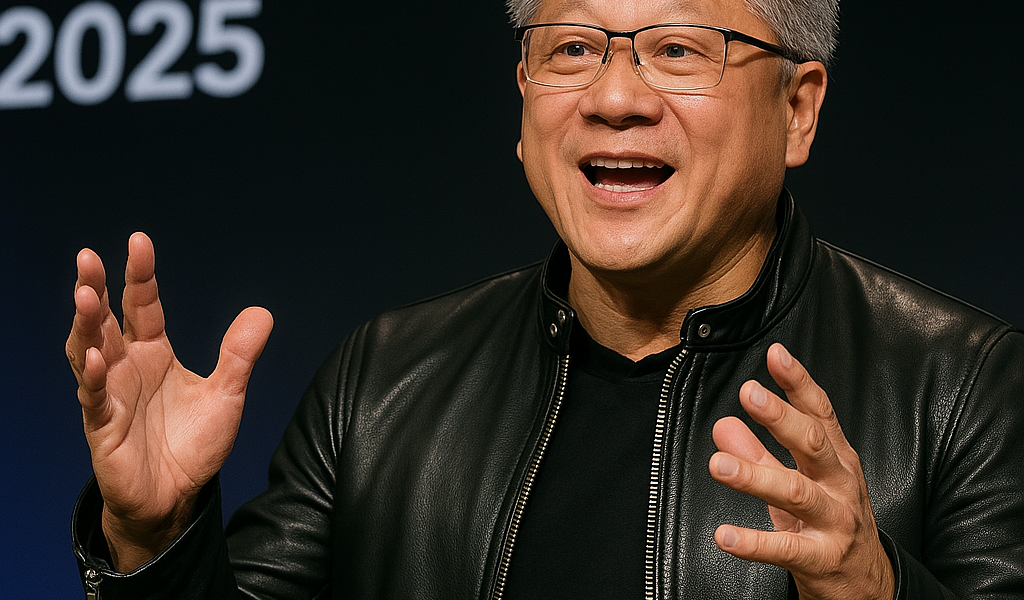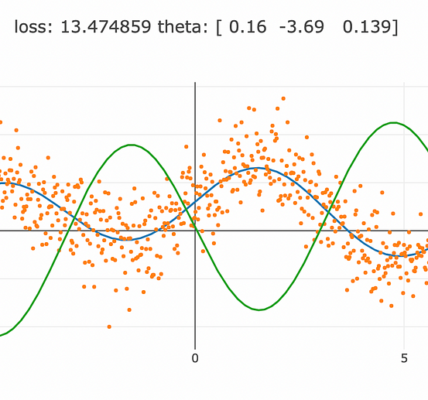Taipei, Taiwan – May 21, 2025 – At the highly anticipated COMPUTEX 2025 keynote, Nvidia CEO Jensen Huang delivered a compelling vision for the future of robotics, asserting that humanoid robots are poised to become the only universal type of robot capable of transforming industries at scale. Huang’s argument hinges on the critical need for technological scalability, a factor he believes has hindered the progress of most robotic systems to date. His speech, attended by over 5,000 industry leaders and broadcast to millions worldwide, underscored Nvidia’s strategic pivot toward humanoid robotics and custom AI infrastructure as the next multi-trillion-dollar frontier.
The Case for Humanoid Robots: Scale is Everything
Huang emphasized that the robotics industry has been stymied by low-volume, niche systems designed for specific tasks, such as warehouse automation or surgical assistance. “The reason humanoid robots are likely the only universal type of robot that will work is because technology needs scale,” Huang stated. “Most robotic systems we’ve had so far are too low volume, and those low-volume systems will never achieve the technology scale to get the flywheel going far enough, fast enough, so that we are willing to dedicate enough technology into it to make it better.”
He argued that humanoid robots, designed to operate in human-centric environments, offer unmatched versatility. Unlike specialized robots, humanoids can perform diverse tasks—from caregiving to manufacturing to search-and-rescue operations—making them scalable platforms that justify significant R&D investment. Huang projected that the humanoid robotics market could reach a staggering $3.7 trillion by 2035, driven by their ability to integrate into existing human infrastructure, such as homes, factories, and hospitals.
By the Numbers: The Scale of Opportunity
Huang backed his vision with striking data points. He noted that global robotics spending in 2024 reached $89 billion, but only 15% of that was allocated to humanoid robots, a figure Nvidia expects to grow exponentially. “By 2030, we estimate that humanoid robots could account for over 60% of the global robotics market, with annual investments exceeding $150 billion,” Huang said, citing Nvidia’s internal projections. This growth is fueled by advancements in AI, particularly Nvidia’s GPU-powered platforms, which enable humanoids to process complex tasks in real time.
He also highlighted the scalability gap between humanoid and nonburgoise robots. According to Huang, only 10% of current industrial robots are deployed in high-volume settings like automotive manufacturing, compared to the potential for humanoids to be deployed across multiple sectors. “The math doesn’t add up for low-volume systems,” he explained. “You need millions of units to drive down costs and spur innovation. Humanoids can achieve that scale.”
Nvidia’s Technological Push
Nvidia’s dominance in AI and GPU technology positions it as a key player in this emerging market. Huang revealed that Nvidia’s new GR00T platform, designed specifically for humanoid robotics, can process up to 10 teraflops of AI computations per second, enabling robots to perform tasks with human-like precision. “Our GPUs are the brains of these machines,” Huang said, noting that Nvidia’s DGX systems already power 80% of the world’s AI workloads, a figure expected to grow with humanoid applications.
Huang also announced partnerships with leading robotics firms, including Tesla’s Optimus program, to integrate Nvidia’s AI chips into next-generation humanoids. He cited a 2024 study estimating that AI-driven robots could boost global GDP by $15.7 trillion by 2030, with humanoids leading the charge due to their adaptability. “These robots don’t just automate tasks; they augment human capability,” he said.
Challenges and Counterpoints
Despite Huang’s optimism, industry analysts caution that humanoid robots face significant hurdles. Current models cost between $50,000 and $200,000 per unit, compared to $10,000–$50,000 for specialized robots, making scalability a challenge without mass production. Battery life remains a bottleneck, with most humanoids operating for only 4–6 hours per charge, though Nvidia’s new energy-efficient chips aim to extend this to 12 hours by 2027.
Critics also point out that low-volume robotic systems, while less scalable, have proven effective in niche applications. For instance, robotic arms in car manufacturing have a 99.9% precision rate for repetitive tasks, compared to early humanoid prototypes with error rates as high as 5% in complex environments. Huang countered that these challenges are temporary, stating, “With scale, costs will drop, and precision will improve. We’re already seeing error rates fall to 2% in our latest GR00T-powered prototypes.”
A Vision for the Future
Huang’s keynote painted a future where humanoid robots become ubiquitous, transforming industries and daily life. He cited examples like caregiving robots that could reduce healthcare costs by 20% in developed nations by 2035, or disaster-response humanoids capable of operating in extreme conditions, saving an estimated 10,000 lives annually. “This isn’t science fiction,” Huang declared. “It’s a multi-trillion-dollar opportunity happening now.”
As COMPUTEX 2025 concluded, Huang’s vision sparked heated discussions online. Posts on X reflected a mix of excitement and skepticism, with some users calling humanoid robots “the next industrial revolution” while others questioned their practicality, citing high costs and ethical concerns.
Nvidia’s Next Steps
Nvidia plans to launch its first commercial humanoid robot platform, powered by GR00T, in Q3 2026, with pilot programs in healthcare and logistics. Huang also teased a $1 billion investment in a new AI robotics research hub in Taipei, signaling Nvidia’s commitment to driving the industry forward. “We’re not just building chips; we’re building the future,” he said.
As the world digests Huang’s bold claims, the robotics industry stands at a crossroads. With Nvidia’s technological prowess and Huang’s focus on scale, humanoid robots may indeed become the universal solution he envisions—but only time will tell if they can overcome the challenges of cost, complexity, and competition from specialized systems.
Sources: Posts on X




